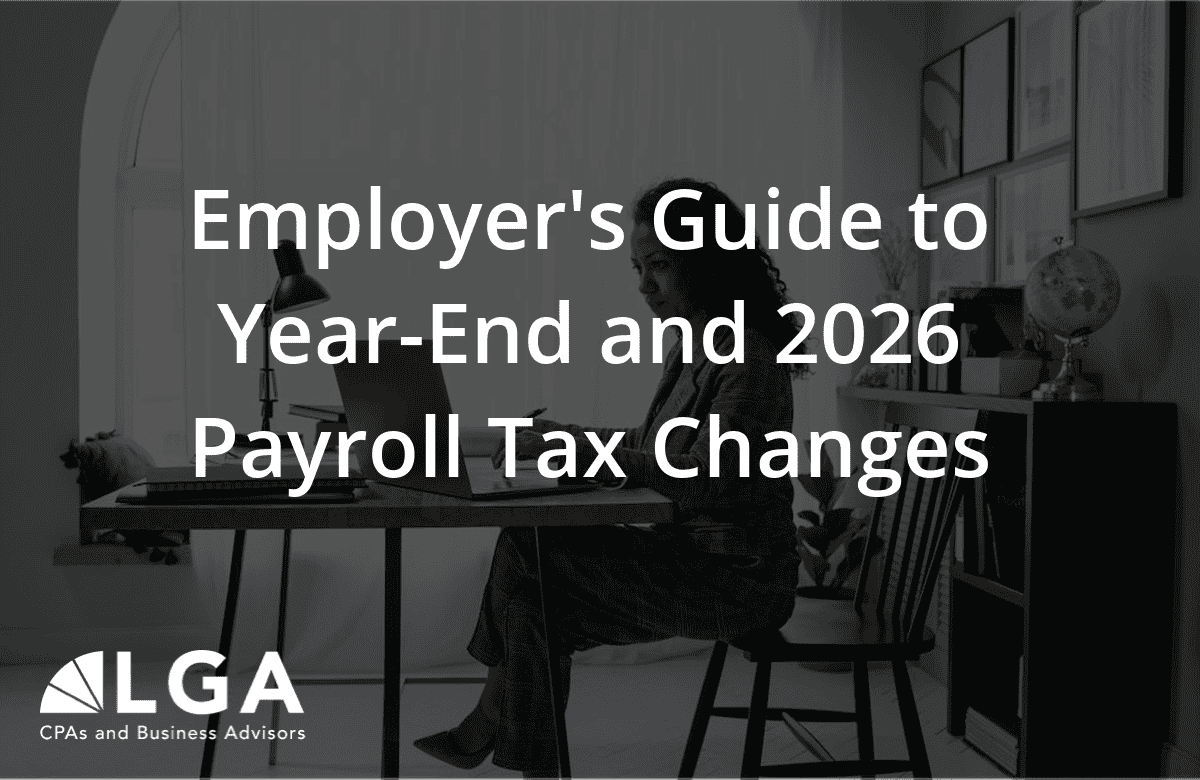
Miscalculating overtime isn’t a mistake that any business can afford, but especially not small businesses. Underpaying employees for overtime can lead to Department of Labor fines and negative public attention that no employer wants – plus, if caught you’ll be required to make up that back pay. While calculating overtime correctly is complicated, it’s in your best interest to get it right the first time. One challenging factor is that overtime requirements vary from state to state, and from industry to industry. For most employers, though, getting these calculations right is all about avoiding some common pitfalls.
Complication #1: Employee Misclassification
Misclassifying employees is one mistake that some small business owners make around overtime. Per the Fair Labor Standards Act, non-exempt employees are entitled to overtime pay at a rate of 1.5 times their regular rate for any hours worked exceeding 40 hours per workweek. Most employees are non-exempt and therefore entitled to overtime.
Deciding whether or not to consider an employee exempt from overtime is not within the employer’s purview. The nature of the person’s position within the workplace, and how the person is paid, actually determine this. The Department of Labor has stringently defined guidelines for exemptions. Many businesses have employees who qualify for an executive, administrative, professional and outside sales employees exemption. These are workers who are paid a salary, are paid an amount exceeding an earnings threshold and have high-level responsibilities within the business. (The DOL provides specific criteria that must be met for an employee to qualify for a given exemption.) There is also an exemption available for highly compensated employees who meet certain conditions – more on that below.
The bottom line: Unless workers qualify for specific exemptions, they are owed overtime for working more than 40 hours per workweek.
Complication #2: Tipped vs. Non-Tipped Employees
Businesses operating in the service industry tend to bump up against overtime calculation issues. Paying overtime to workers who earn tips can be especially confusing because of the tipped minimum wage, the rate that employers can pay employees who are partially compensated through tips. These employers are allowed to deduct a tip credit from the state minimum wage when paying tipped employees.
Some employers make the mistake of multiplying the tipped minimum wage by 1.5 to determine a worker’s overtime rate. The correct way to calculate overtime for tipped employees is to multiply the state minimum wage by 1.5, then subtract the tip credit from that number to determine the employee’s hourly overtime rate.
Complicating this is the fact that the minimum wage and tip credit vary by state. To illustrate how this works, we’ll use Massachusetts as an example. The tipped minimum wage is currently $4.35 per hour, and the state minimum wage is $12. That means that employers in Massachusetts may deduct a tip credit of $7.65 per hour from a tipped employee’s wages. Let’s say a tipped employee works 45 hours in one week and is entitled to five hours of overtime pay.
The wrong way: $4.35 x 1.5 = $6.525 overtime rate
$6.525 x 5 hours = $32.63
The right way: $12 x 1.5 = $18 per hour
$18 – $7.65 = $10.35 overtime rate
$10.35 x 5 hours = $51.75
Complication #3: Shifting Schedules
The FLSA requires that employers calculate overtime on a workweek basis. A workweek doesn’t have to coincide with a calendar week. It’s at the employer’s discretion to determine an employee’s workweek, as long as it’s consistent from pay period to pay period. Employee A’s workweek could run from Wednesday to Wednesday, while employee B’s runs from Sunday to Sunday. Those employees could work identical schedules, but if one week they’re required to work 12-hour shifts on Sunday, Monday and Tuesday, they could have different overtime earnings on their next paychecks.
Another potential complication arises when employees perform different jobs for different rates of pay during the same workweek. For example, say you employ someone who works 25 hours in one week as a receptionist for $14/hour and another 20 hours that week as a bookkeeper for $20/hour. When calculating overtime, you would first determine the worker’s average rate of pay for that week: 25 x $14 = $350, 20 x $20 = $400. The worker earned $750 for 45 hours of work so the average rate is $16.67. Multiply that by 1.5 to find the overtime rate of $25. The employee worked five hours of overtime and earned $125 in total overtime pay.
Complication #4: Additional Compensation
As if calculating overtime wasn’t complicated enough, some employers must also factor in non-discretionary bonuses – that is, any bonuses that are designed to encourage employees to stay with an employer or work more quickly or efficiently. If you offer employees any of these bonuses, the amount they earn in a week must be added into their pay for that workweek. For example, if an employee earns $700 one week and an additional $100 retention bonus, the employer would have to calculate the employee’s regular rate of pay by dividing their hours worked by $800.
Travel time may also have to be factored in when calculating overtime. This is only relevant for travel that counts as paid time – an employee’s regular commute doesn’t count, but travel that is required by the employer generally does. That time must be counted toward the employee’s work hours when determining whether they qualify for overtime that week.
The 2019 Final Rule
The DOL announced a new final rule in September 2019 that made 1.3 million more workers eligible for overtime pay. The final rule specifically applies to workers who qualify for exemptions as executive, administrative and professional employees. The final rule raises the earnings threshold that these workers must reach in order to be exempted from overtime. Effective January 1, 2020, employees must earn at least $684 per week ($35,568 per year) to be exempt.
The final rule also raises the earnings threshold for highly compensated employees from $100,000 to $107,432 per year. Beginning on the final rule’s effective date, employees who earn at least $107,432 per year; do office or non-manual work; and regularly perform at least one duty or responsibility of exempt executive, administrative or professional employees, are exempt from overtime.
If you have questions about overtime calculations, or compensation, our business advising team will be happy to assist you. Contact us today.
by John Geraci





